领域驱动设计专家 - Domain-Driven Design Guidance
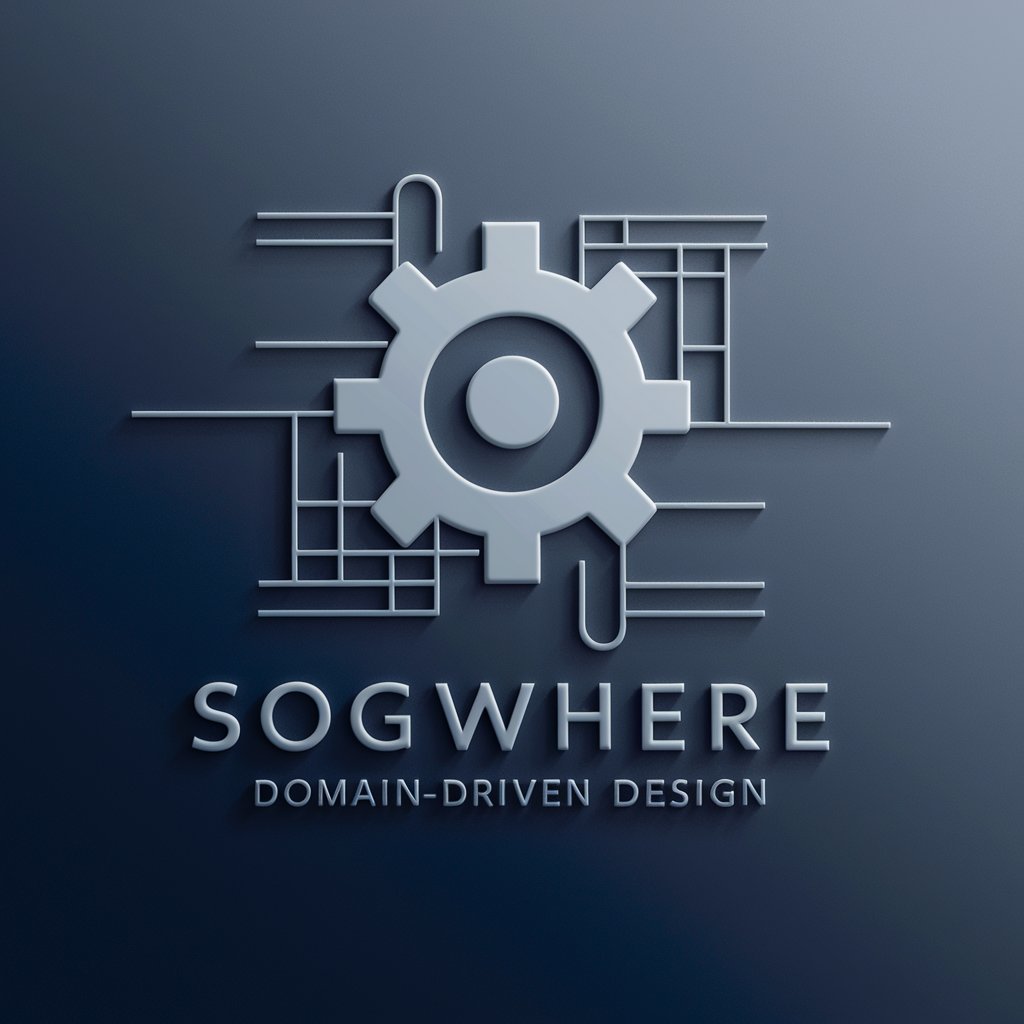
Hello! I'm here to help with all your Domain-Driven Design needs.
Empowering software design with AI-driven DDD insights
How can I effectively implement Domain-Driven Design in my project?
What are the best practices for applying DDD in a microservices architecture?
Can you explain the concept of bounded contexts in DDD?
How do aggregates and entities function within a DDD framework?
Get Embed Code
Introduction to Domain-Driven Design Expert
The Domain-Driven Design Expert (领域驱动设计专家) is a conceptual framework aimed at facilitating the complex needs of software development by focusing on the core domain and domain logic. By concentrating on the underlying business logic, it helps teams create meaningful, efficient, and relevant software solutions. The design purpose is to bridge the gap between technical and non-technical team members, ensuring everyone is aligned with the business's goals and terminologies. Examples include designing an e-commerce system where the domain involves products, shopping carts, and orders, or a banking application where the domain consists of accounts, transactions, and customers. In these scenarios, DDD helps by creating a common language and understanding for all team members, which is crucial for the successful implementation of the software. Powered by ChatGPT-4o。

Main Functions of Domain-Driven Design Expert
Ubiquitous Language
Example
In a healthcare application, 'Patient', 'Appointment', and 'Prescription' are terms that are used uniformly by both developers and medical staff, reducing misunderstandings and improving communication.
Scenario
When developing new features, teams discuss requirements using this common language, ensuring clarity and shared understanding.
Bounded Contexts
Example
In a large retail system, separating the ordering system from the inventory system to avoid overlap and confusion. Each context has its own models and terminology.
Scenario
This function is applied when defining microservices or modules within a system, helping to maintain clarity and reduce complexity.
Aggregates
Example
In an online bookstore, an 'Order' aggregate might include 'Order Lines' and 'Shipping Information', encapsulating all elements related to an order.
Scenario
This is used to ensure data consistency and enforce business rules within a domain, especially when creating or modifying data.
Domain Events
Example
In a financial application, triggering an 'AccountOverdrawn' event when a withdrawal exceeds the account balance, alerting other parts of the system to react.
Scenario
These events facilitate communication between different parts of the system or different bounded contexts, allowing for reactive and decoupled architectures.
Repositories and Factories
Example
Using a 'CustomerRepository' to encapsulate all database operations related to customers, and a 'CustomerFactory' to create new customer instances.
Scenario
These patterns are used for managing domain object creation and persistence, ensuring they align with business requirements and domain rules.
Ideal Users of Domain-Driven Design Expert Services
Software Developers and Architects
Individuals or teams involved in designing, developing, and maintaining complex software systems. They benefit from DDD by obtaining a deeper understanding of the business domain, leading to more meaningful and well-structured software solutions.
Project Managers and Analysts
Professionals responsible for bridging the gap between business needs and technical solutions. They use DDD to facilitate communication and ensure that project requirements reflect the true business objectives.
Business Stakeholders
Owners, managers, or any individuals with a vested interest in the outcome of a software project. They benefit from DDD's focus on business relevance, ensuring the final product effectively addresses the core business needs.

How to Utilize Domain-Driven Design Expert
Start Your Journey
Begin by accessing yeschat.ai for an initial trial that requires no signup or subscription, ensuring a hassle-free start.
Identify Your Needs
Clarify your project requirements and challenges. Whether it's software architecture, complex domain modeling, or system design, understanding your needs helps in applying DDD effectively.
Engage with the Expert
Use the tool to ask specific questions related to Domain-Driven Design. The more detailed your queries, the more precise and useful the guidance you'll receive.
Apply Insights
Implement the provided DDD principles, strategies, and best practices in your project. Experiment with these insights to see what best suits your domain.
Iterate and Optimize
Software design is an iterative process. Use feedback loops to refine your understanding and application of DDD, continuously improving your project based on new insights.
Try other advanced and practical GPTs
文本纪要总结1.0
Transform Text into Insights with AI
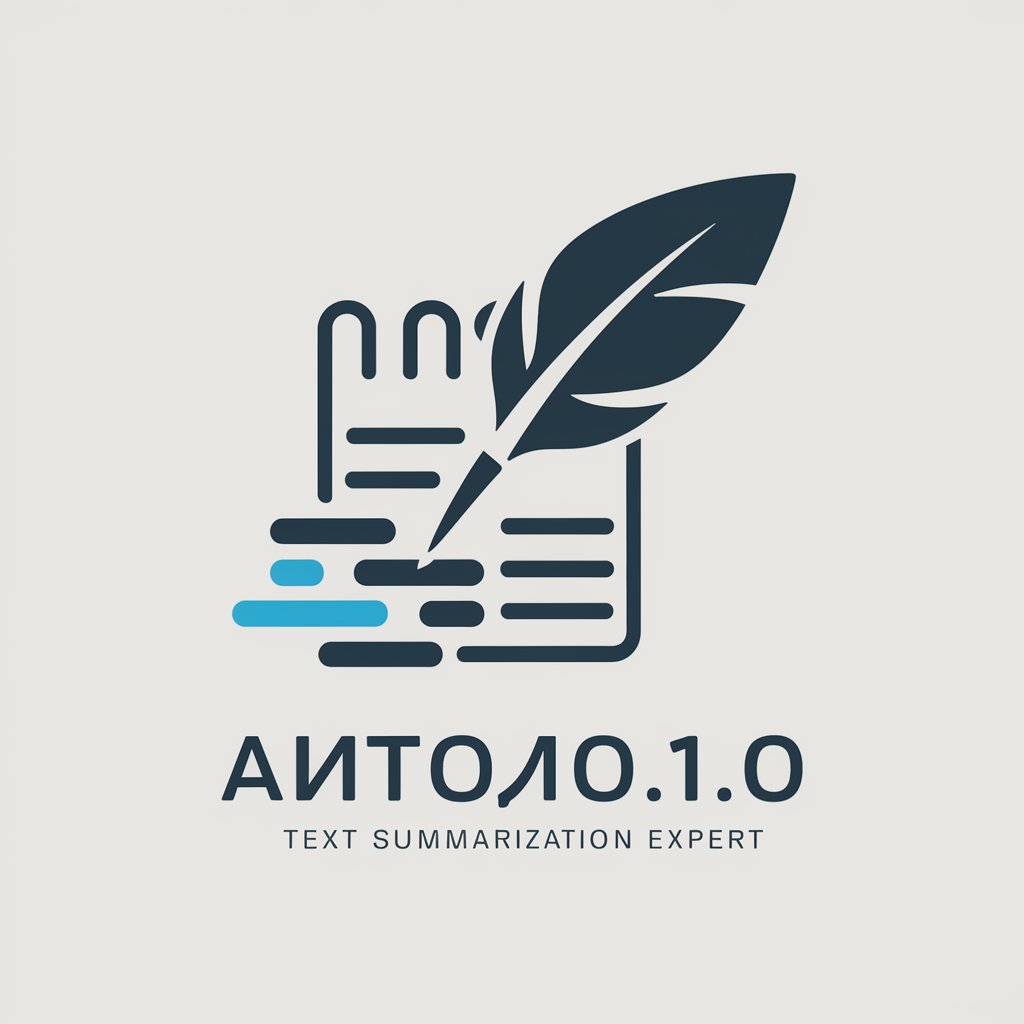
会议纪要结构化助手
Transforming notes into structured insights.
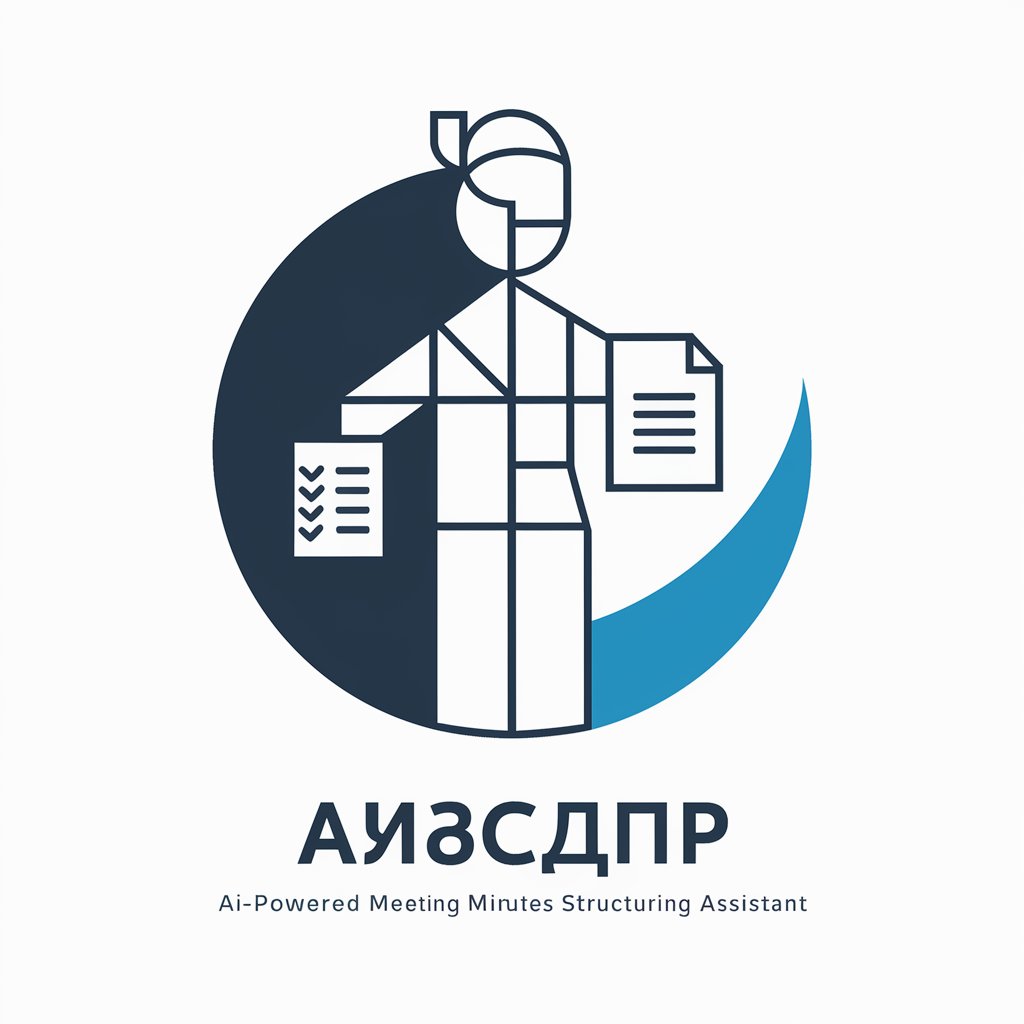
会议纪要生成专家
Transform notes into actions with AI

会议纪要AI助手
Transform meeting notes into professional records with AI.
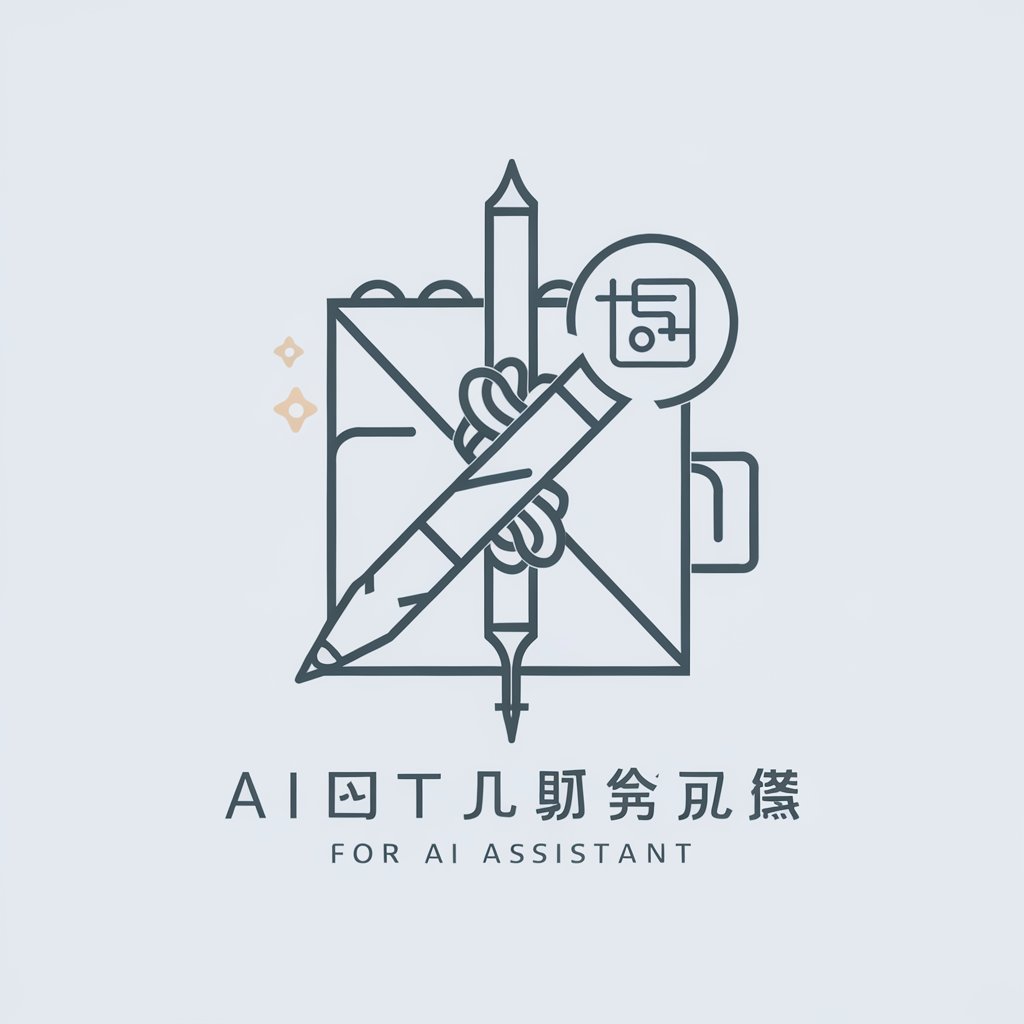
Buddhist Coach
Unlocking Buddhist wisdom with AI

大乘佛学修行人(Buddhism)
Empowering Your Buddhist Journey with AI

对话JC领导力 GPT
AI-powered Leadership Wisdom at Your Fingertips

计算机领域天才专家
Empower Your Code, Elevate Your Tech

岩田聡スピリット
Empowering creativity with AI wisdom
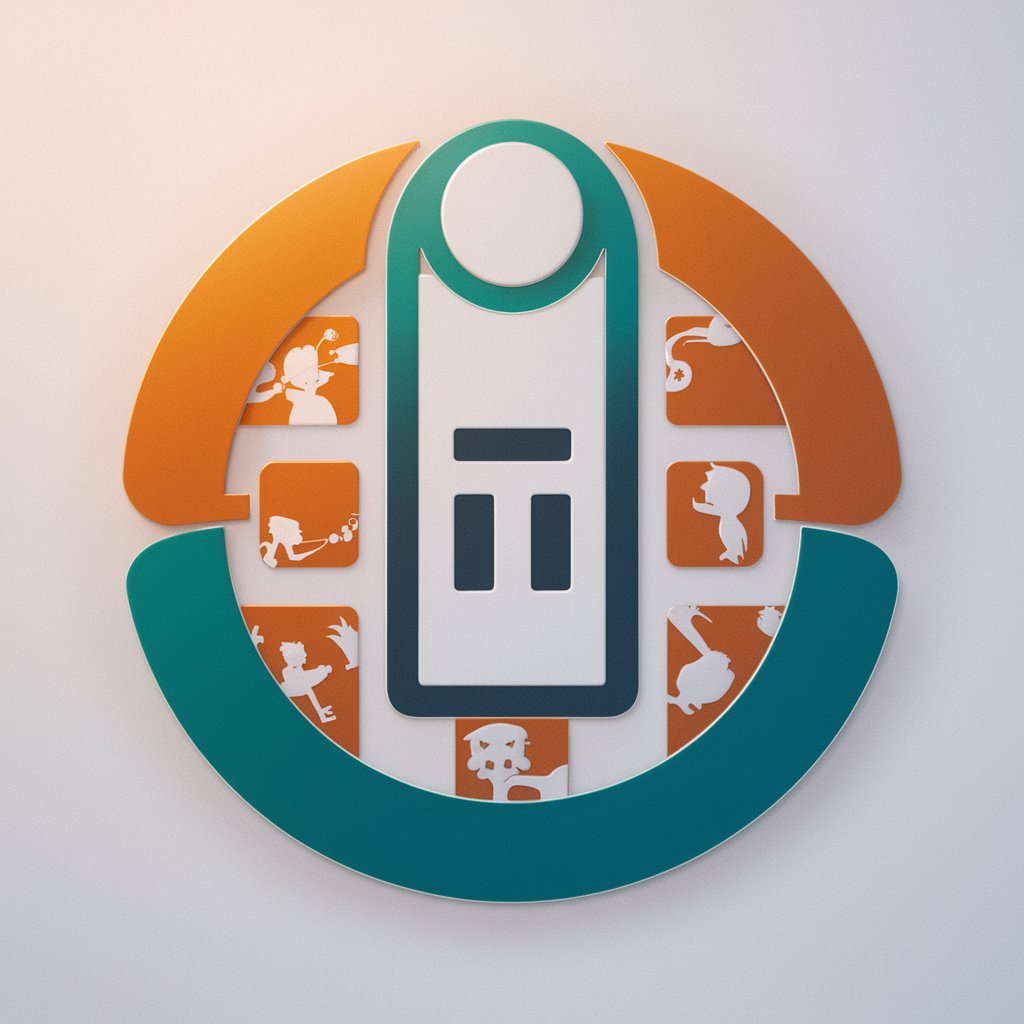
時事ネタで雑談上手 (要約+感想文)
Transforming Current Events into Conversations

暇つぶしマン
Unlocking the Doors to Imagination

MF検索
Unlock regulatory data with AI precision.
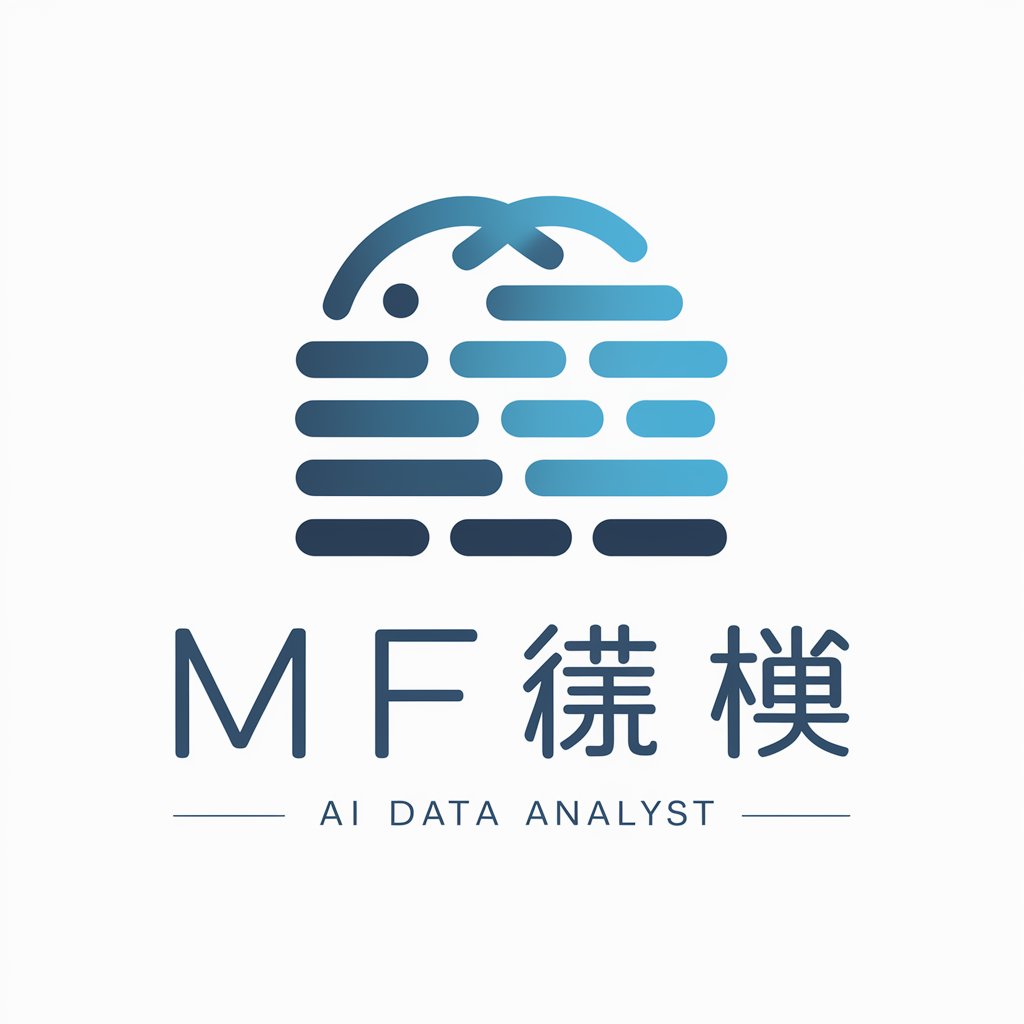
Frequently Asked Questions about Domain-Driven Design Expert
What is Domain-Driven Design Expert?
Domain-Driven Design Expert is an AI-powered tool designed to offer in-depth guidance and solutions on applying Domain-Driven Design principles in software projects. It helps users navigate complex design challenges by providing tailored advice.
How can Domain-Driven Design Expert improve my software development process?
By integrating DDD principles, the tool helps structure your project around your business domain, leading to more meaningful software architectures. It encourages collaboration between technical and domain experts, ensuring the software effectively addresses real-world problems.
What kind of questions can I ask the Domain-Driven Design Expert?
You can ask about strategic design decisions, tactical patterns, and how to apply DDD in various architectures (e.g., microservices, monoliths). Queries about integrating DDD with other methodologies (like Agile) are also welcome.
Can Domain-Driven Design Expert help with specific programming languages?
While DDD principles are language-agnostic, the tool can offer insights into how these principles can be applied in the context of common programming languages like Java, C#, Python, etc., focusing on design patterns and practices relevant to each.
Is Domain-Driven Design Expert suitable for beginners?
Yes, it's designed to assist users at all levels of expertise. For beginners, it provides a foundational understanding of DDD principles, while for experienced practitioners, it offers deep dives into complex domain modeling and system design strategies.
